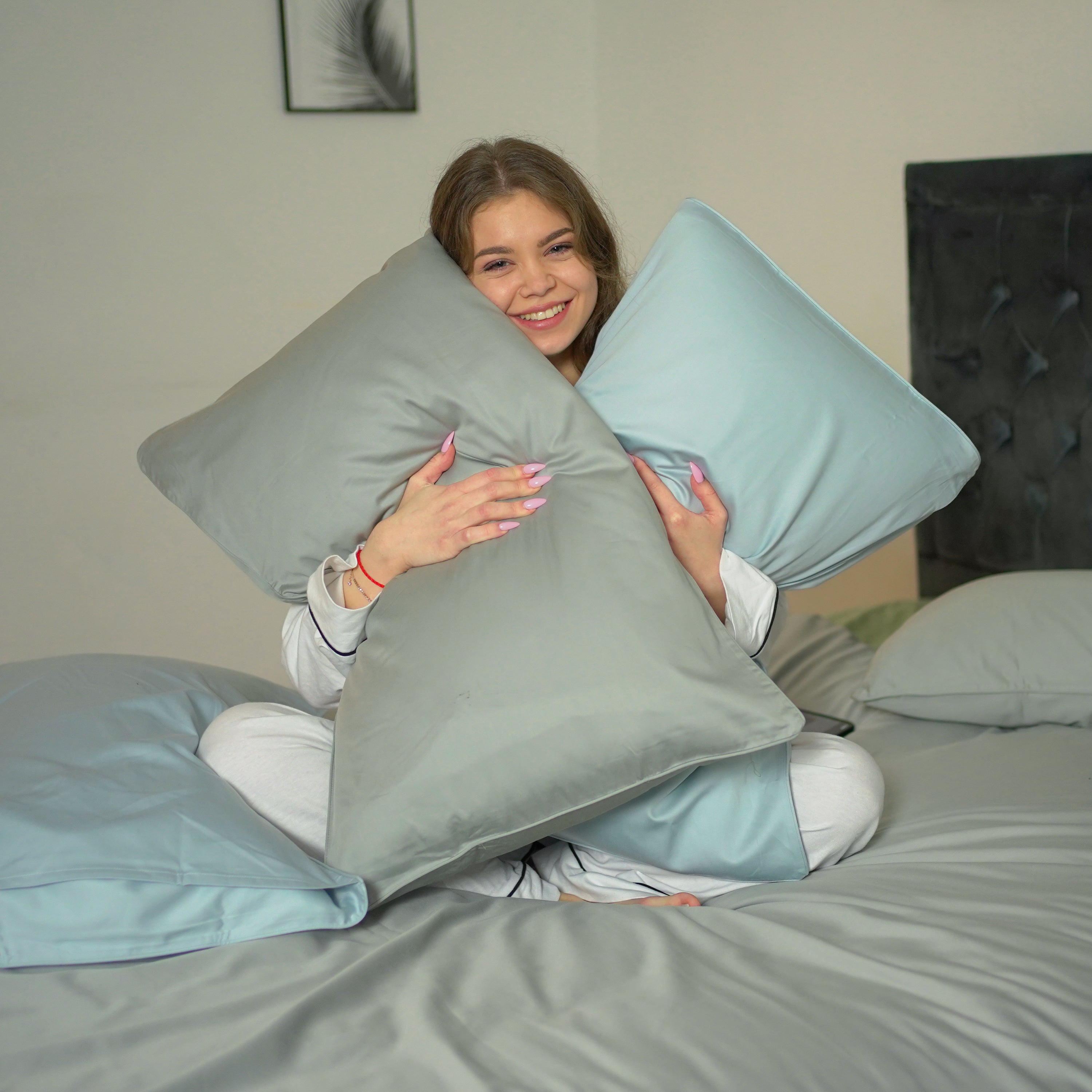Are you one of those people who thrive when the moon is high, finding your energy peaking just as the rest of the world is winding down? If you find it impossible to sleep before midnight and struggle to wake up for those dreaded early morning meetings, you might be experiencing a sleep wake phase disorder known as delayed sleep phase disorder or Delayed Sleep Phase Syndrome (DSPS). Fear not, night owls! We’re here to shed some light on this nocturnal mystery.
What is Delayed Sleep Phase Syndrome?
Delayed Sleep Phase Syndrome is a circadian rhythm sleep disorder where your sleep pattern is significantly delayed. It is one of several circadian rhythm sleep disorders. Instead of feeling sleepy at a socially acceptable hour, your body’s internal clock is set to a later time, making it difficult to fall asleep before the wee hours of the morning and wake up early.
If DSPS had a motto, it would probably be, “Why sleep at 10 PM when you can have your most productive thoughts at 2 AM?”
Symptoms of DSPS
- Difficulty with sleep onset before late at night (often between 2 AM and 6 AM)
- Difficulty waking up in the morning and maintaining consistent wake times (often after 10 AM)
- Normal sleep quality once asleep, with no trouble staying asleep
- Daytime sleepiness due to a mismatch between your body’s preferred sleep schedule and your responsibilities
If you’ve ever been called a “lazy bones” for not waking up early, just tell them your body’s on a different time zone—one that’s way cooler.
Why Does DSPS Happen?
The exact cause of DSPS isn’t fully understood, but it’s believed to be a mix of genetic, environmental, and behavioural factors. DSPS, also known as delayed sleep wake phase, involves a misalignment of the internal body clock. Some researchers think it might run in families, while others suggest it could be linked to an imbalance in melatonin production, the hormone that regulates sleep. Light exposure can also influence the internal body clock and contribute to DSPS by affecting melatonin levels and sleep patterns.
Blame your genes if you must, but at least your night-owl tendencies make you uniquely equipped for late-night Netflix marathons.
Interesting Facts About DSPS
- It’s Not Insomnia: Unlike insomnia, where people can’t fall asleep or stay asleep, those with DSPS have no trouble sleeping—just not at the “right” times.
- It’s More Common Than You Think: Studies suggest that DSPS affects about 15% of teenagers. So, if your teen can't wake up for school, it might be more than just a rebellious phase.
- Natural Night Owls: Historically, having night owls in a community could have been advantageous for night-time vigilance and protection. Your DSPS might be a relic of ancient times!
Managing DSPS
While there’s no one-size-fits-all cure for DSPS, here are some tips that can help align your sleep schedule with the rest of the world—or at least make it a bit easier to manage:
1. Gradual Adjustments
Try slowly shifting your sleep schedule by 15-30 minutes each day. This gradual approach can help your body adjust without the shock of a drastic change.
Think of it as tricking your brain into being a morning person—slowly and sneakily.
2. Light Therapy
Exposure to bright light in the morning can help reset your internal clock. Conversely, dim the lights in the evening to signal to your brain that it’s time to wind down.
Use a light box or take a morning walk to soak up some sun. Just imagine you’re a plant, photosynthesizing your way to better sleep.
3. Consistent Sleep Schedule
Maintain a consistent sleep and wake time every day, even on weekends. This helps regulate your internal clock. Good sleep hygiene is crucial for managing DSPS. This includes maintaining a consistent sleep schedule, creating a restful sleep environment, and avoiding caffeine and heavy meals before bedtime.
Consistency is key, so resist the temptation to stay up until dawn watching cat videos on Saturdays. Yes, even if they’re really, really cute.
4. Melatonin Supplements
Melatonin supplements can help regulate your sleep-wake cycle. Always consult a healthcare provider before starting any new supplement.
Consider melatonin your secret agent, stealthily guiding your body toward an earlier bedtime.
5. Limit Evening Screen Time
Blue light from screens can delay melatonin production. Try to avoid screens at least an hour before bed. Reducing exposure to screens in the evening can help signal to your body that it’s time to wind down.
Think of it as giving your brain a digital detox. Your Instagram feed will still be there in the morning.
When to Seek Professional Help
If DSPS is severely affecting your daily life, it’s a good idea to consult a sleep specialist. They can provide tailored advice and treatment options to help you manage your sleep schedule more effectively. Keeping a sleep diary can be crucial for healthcare providers to diagnose and treat DSPS, as it helps them understand your sleep habits and patterns.
Telling a sleep specialist about your DSPS is like confessing to a friend that you binge-watched an entire season of a show in one night—they get it, and they’re here to help.
Embrace Your Inner Night Owl
Living with DSPS can be challenging, especially in a world that idolises early risers. But remember, being a night owl has its perks. You have the quiet hours to yourself, when creativity often flourishes, and you’re in good company with fellow late-night legends like J.R.R. Tolkien and Winston Churchill.
So, whether you’re crafting the next great novel or just enjoying some quality time with your pillow, embrace your unique sleep schedule. And if all else fails, at least you’ll always be the life of the (late-night) party.
Sweet dreams, fellow night owls! May your nights be restful and your mornings ever so slightly less painful.


























